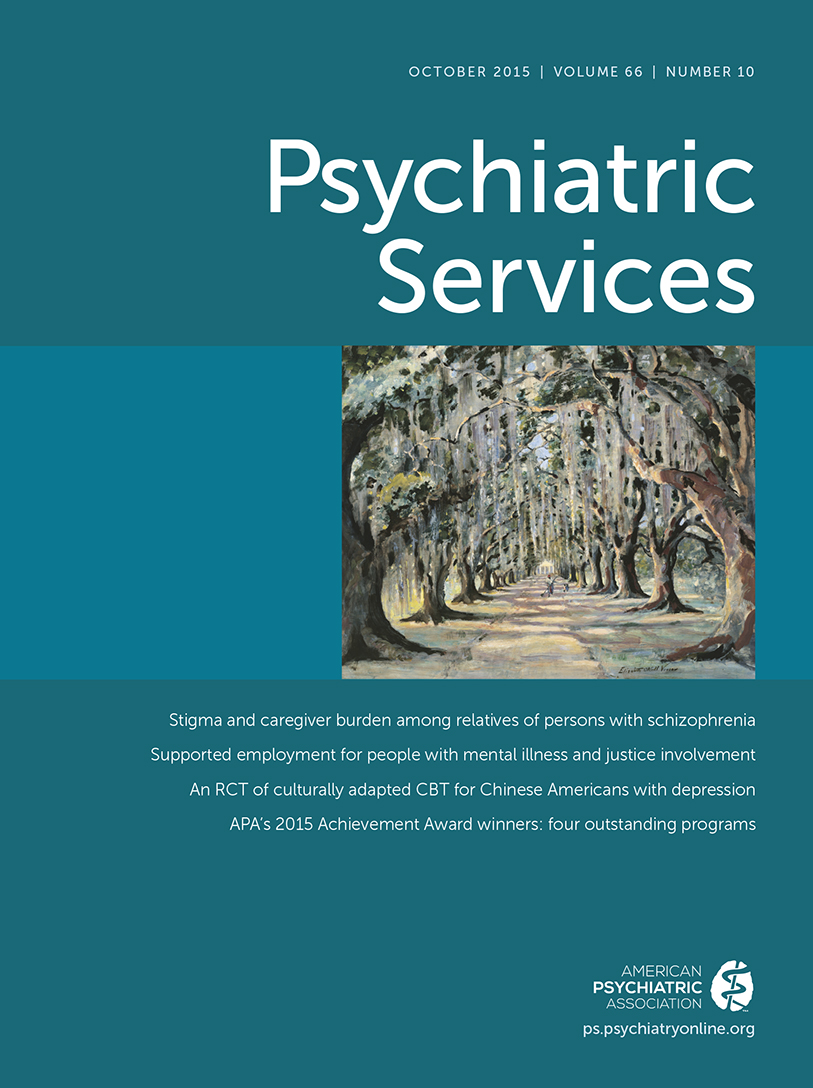Were Concerns With Misidentification in Special Education Overlooked?
TO THE EDITOR: In a report in the June issue, Pastor and Reuben (1) described trends in emotional and behavioral problems among children who used special education services. In identifying the limitations of the data, Pastor and Reuben may have passed over a pivotal issue that has troubled the field of special education for nearly half a century—the misidentification of culturally diverse children as persons with disabilities. The issue of misidentification surfaced in a recent task force report submitted to President Obama recommending that the Department of Education implement models “to ensure children are not misdiagnosed and inappropriately placed” in special education (2).
Because most items in the National Health Interview Survey that address emotional and behavioral problems are based on the use of special education services, one unidentified shortcoming of the Pastor and Reuben’s study may be that some parents who responded to the survey had children who were unknowingly misdiagnosed as having a disability, such as autism or attention-deficit hyperactivity disorder. This issue may be further complicated by findings about the state-to-state variations in autism criteria within the field of special education (3), which could further limit the reporting of any national trend analyses.
The language contained in the National Health Interview Survey could lead policy makers to assume the validity of any claims made to parents about the presence of a childhood emotional or behavioral problem. The survey developers may not have fully appreciated the possibility of error when a person makes a judgment about another individual (4). The survey does not take into account the wide range of training requirements among practitioners who might make claims about childhood mental disorders, such as school psychologists, school counselors, and school administrators. Not all practitioners who make claims about childhood disorders have postgraduate clinical training and supervision, and not all are licensed by a behavioral science board to provide mental health care.
The need for adequate clinical training is highlighted in a detailed case study showing how a series of diagnostic errors made during the problem-solving process of one psychoeducational assessment led a team of practitioners to misidentify a bilingual child with mild hearing loss as a person with autism (5). The larger issue of misdiagnosis in special education may not necessarily be a shortcoming of the study by Pastor and Reuben. However, misdiagnosis may be an issue that should have been discussed when presenting findings based on the reflections by parents about claims expressed to them about childhood emotional and behavioral problems.
Household surveys may indeed be a valuable source of information. However, data from the National Health Interview Survey may not have provided a complete picture of the causes of limitations described by Pastor and Reuben. Discussions about trends in childhood emotional and behavioral problems may not be complete without acknowledging that racial-ethnic misidentification continues to be a problem in special education.
1 : Trends in parent-reported emotional and behavioral problems among children using special education services. Psychiatric Services 66:656–659, 2015Link, Google Scholar
2 My Brother’s Keeper Task Force: Report to the President. Washington, DC, White House, 2014. Available at www.whitehouse.gov/sites/default/files/docs/053014_mbk_report.pdfGoogle Scholar
3 : What does it mean to be autistic? Inter-state variation in special education criteria for autism services. Journal of Child and Family Studies 18:662–669, 2009Crossref, Google Scholar
4 : Problems related to underservice of students with emotional or behavioral disorders. Behavioral Disorders 33:43–57, 2007Crossref, Google Scholar
5 : Use of a diagnostic errors framework to classify mistakes in an assessment of a bilingual child. Multiple Voices for Ethnically Diverse Exceptional Children 14:18–29, 2014Google Scholar



